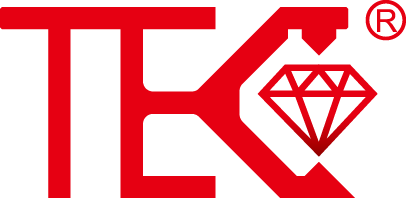MagnetostrictiveLevelMeasurementintheOilandGasIndustry
In the complex world of oil and gas operations, precise level measurement stands as a critical component for ensuring operational efficiency and safety. The industry's demanding conditions require measurement technologies that deliver exceptional accuracy while withstanding harsh environments. Among various available technologies, magnetostrictive level measurement has emerged as a preferred solution for numerous applications, offering reliable performance where other methods might falter.
Understanding Magnetostrictive Level Measurement Technology
Magnetostrictive level measurement operates on a sophisticated physical principle that combines magnetic and mechanical interactions to deliver precise readings. The technology utilizes a magnetostrictive wire enclosed within a protective probe, along with a float containing permanent magnets that moves with the liquid level. When an electrical current pulse is sent through the wire, it interacts with the magnetic field from the float, creating a torsional stress wave that travels back to the sensor. The system precisely measures the time difference between the sent pulse and returned wave to determine exact float position, translating this into accurate level measurement with remarkable resolution.
Key Advantages for Oil and Gas Applications
The implementation of magnetostrictive technology brings multiple significant benefits to oil and gas operations. These systems provide exceptional measurement accuracy, typically within ±0.05% of full scale, ensuring precise inventory management and process control. Their non-contact measurement principle eliminates mechanical wear on critical components, resulting in extended service life and reduced maintenance requirements. The technology demonstrates excellent resistance to varying process conditions including temperature fluctuations, pressure changes, and different liquid densities. Furthermore, magnetostrictive transmitters offer continuous level monitoring with rapid response times, enabling real-time process adjustments and enhanced operational safety.
Critical Applications in Upstream Operations
In upstream oil and gas activities, magnetostrictive level measurement plays a vital role across multiple processes. These systems provide reliable level monitoring in separator vessels, where accurate interface detection between oil, water, and gas phases is crucial for efficient separation. They ensure precise inventory management in produced water tanks, enabling optimal treatment and disposal operations. The technology also delivers dependable performance in chemical injection skids, where maintaining proper chemical levels is essential for flow assurance and corrosion prevention. Additionally, these instruments monitor frac tank levels during well stimulation operations, preventing overfills and ensuring adequate fluid supply.
Midstream and Downstream Implementation
Throughout midstream and downstream sectors, magnetostrictive measurement technology delivers critical performance across diverse applications. Pipeline operators utilize these systems for surge vessel monitoring, protecting infrastructure from pressure fluctuations. Storage terminal operations benefit from precise inventory management in large crude oil tanks, enabling accurate custody transfer and regulatory compliance. Refining processes employ magnetostrictive transmitters in process vessels and reactors where exact level control maintains product quality and operational safety. The technology also proves invaluable in loading rack applications, ensuring accurate product transfer while preventing spills and environmental incidents.
Installation Best Practices and Considerations
Proper installation significantly impacts the performance and longevity of magnetostrictive level measurement systems. Installation requires careful consideration of vessel geometry, process connections, and potential interference from internal structures. The measuring probe must be positioned to avoid contact with agitators, heaters, or other internal equipment that could cause damage or measurement errors. For interface level applications, strategic float selection based on specific gravity differences between layers ensures accurate detection. Environmental factors including temperature extremes, pressure conditions, and potential corrosive elements must be evaluated to specify appropriate materials and protection ratings.
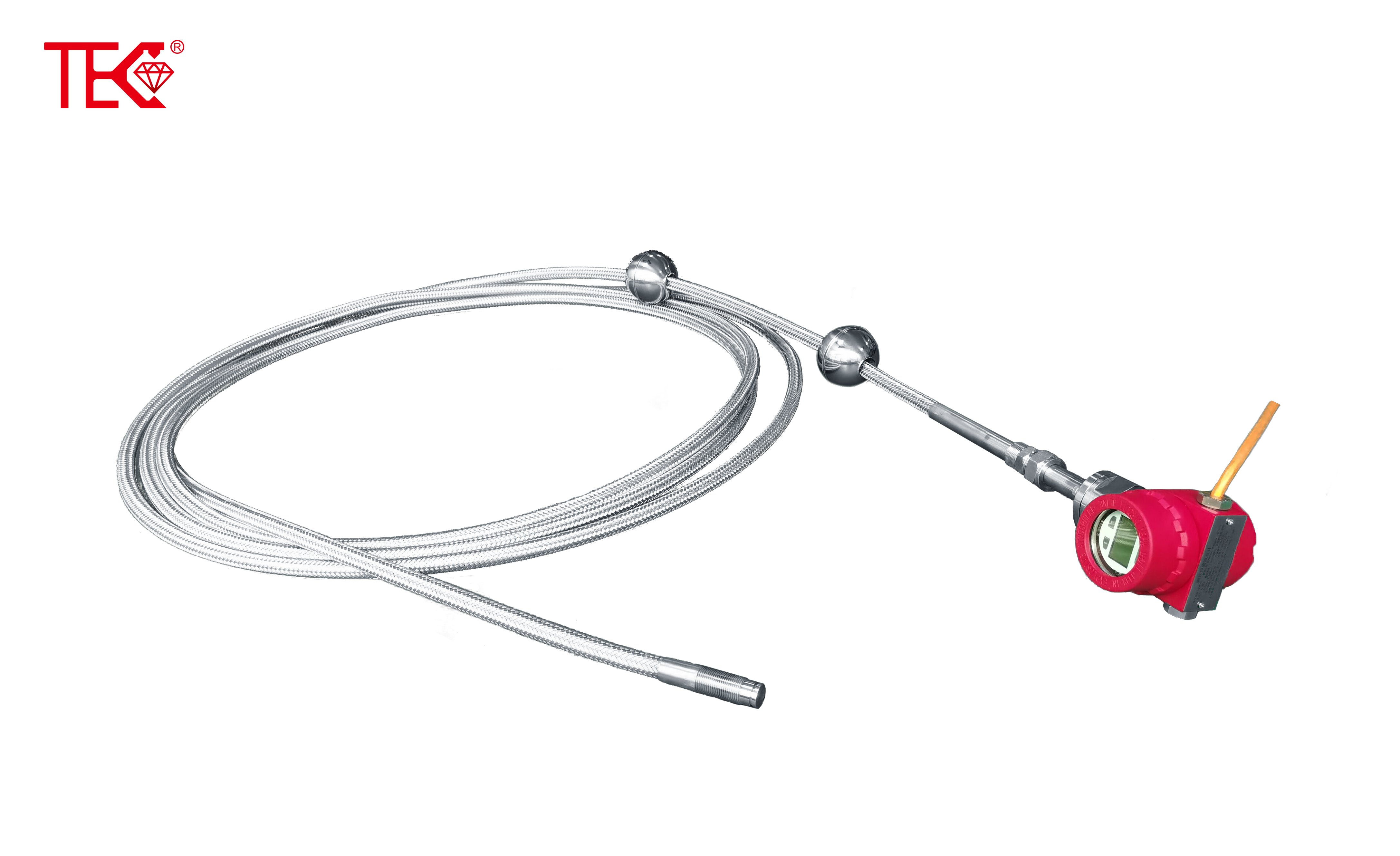
Maintenance and Troubleshooting Protocols
While magnetostrictive level transmitters are renowned for their reliability, implementing proper maintenance protocols ensures continuous optimal performance. Regular calibration verification against manual measurements maintains measurement accuracy over time. Periodic inspection of floats and probes for buildup or damage prevents measurement drift and potential failures. Diagnostic capabilities built into modern transmitters provide early warning of developing issues, allowing proactive maintenance scheduling. Common troubleshooting addresses issues such as signal fluctuations, often resolved by verifying electrical connections and groundings, or float sticking, typically remedied by cleaning or replacement.
Future Trends and Technological Advancements
The evolution of magnetostrictive level measurement continues with emerging technologies enhancing capabilities and expanding applications. Integration with Industrial Internet of Things platforms enables predictive maintenance and remote monitoring capabilities. Advanced diagnostic features now provide detailed insights into process conditions and instrument health. Improved materials and designs extend operational ranges to accommodate more extreme temperatures and pressures. Wireless communication options simplify installation in remote or difficult-to-access locations. These advancements continue to solidify magnetostrictive technology's position as a premier solution for critical level measurement challenges throughout the oil and gas industry.
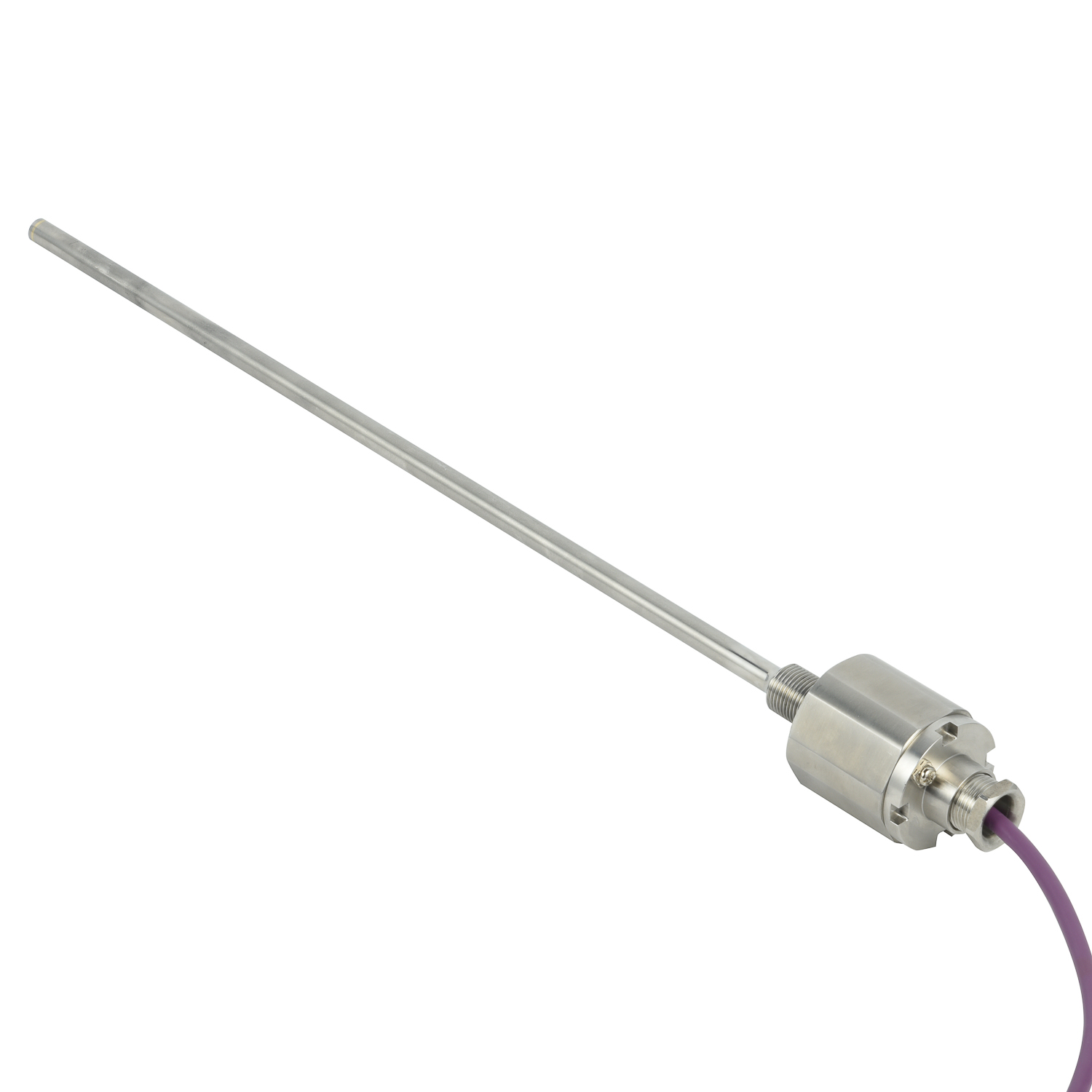
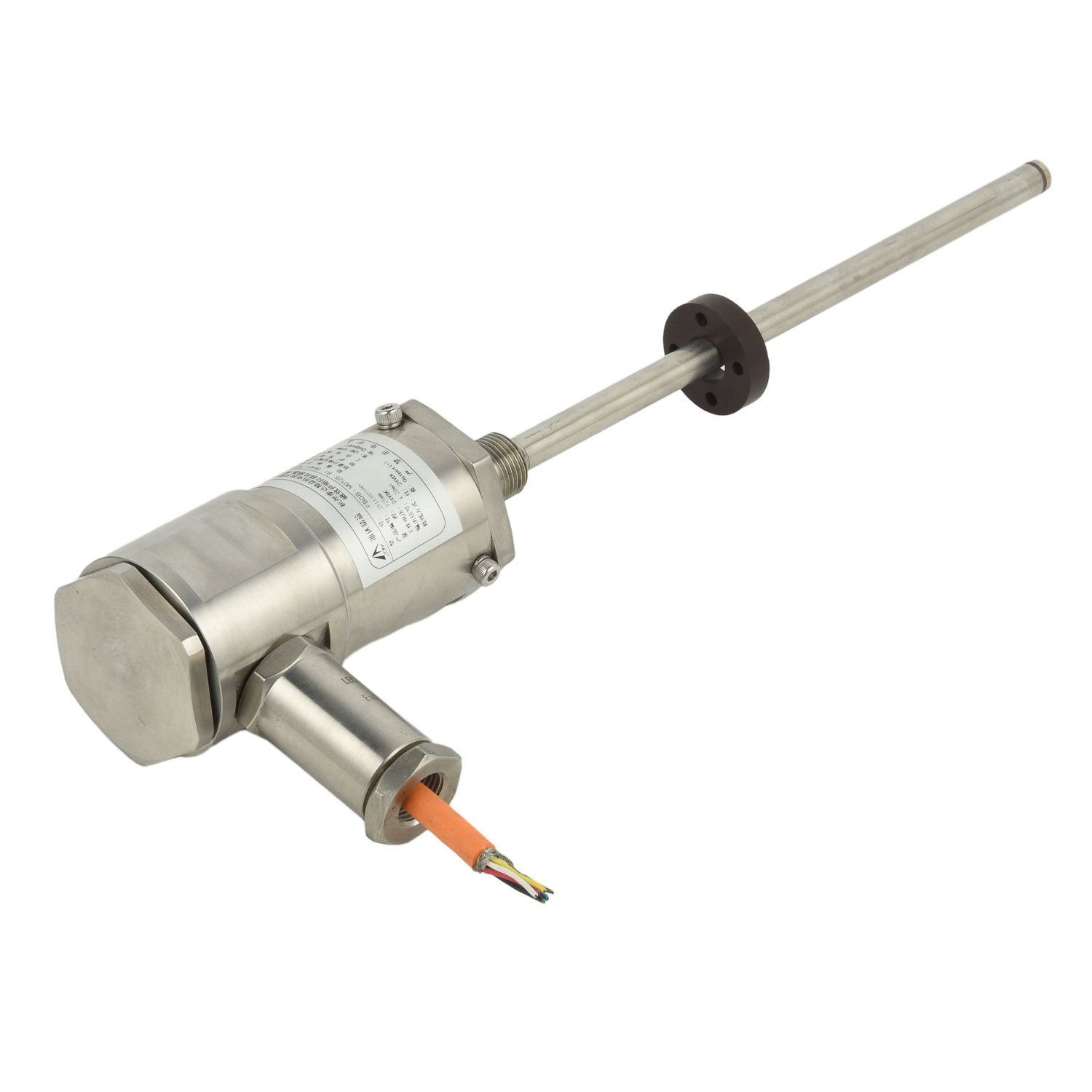 UpgradingYourLevelMeasurementS
UpgradingYourLevelMeasurementS
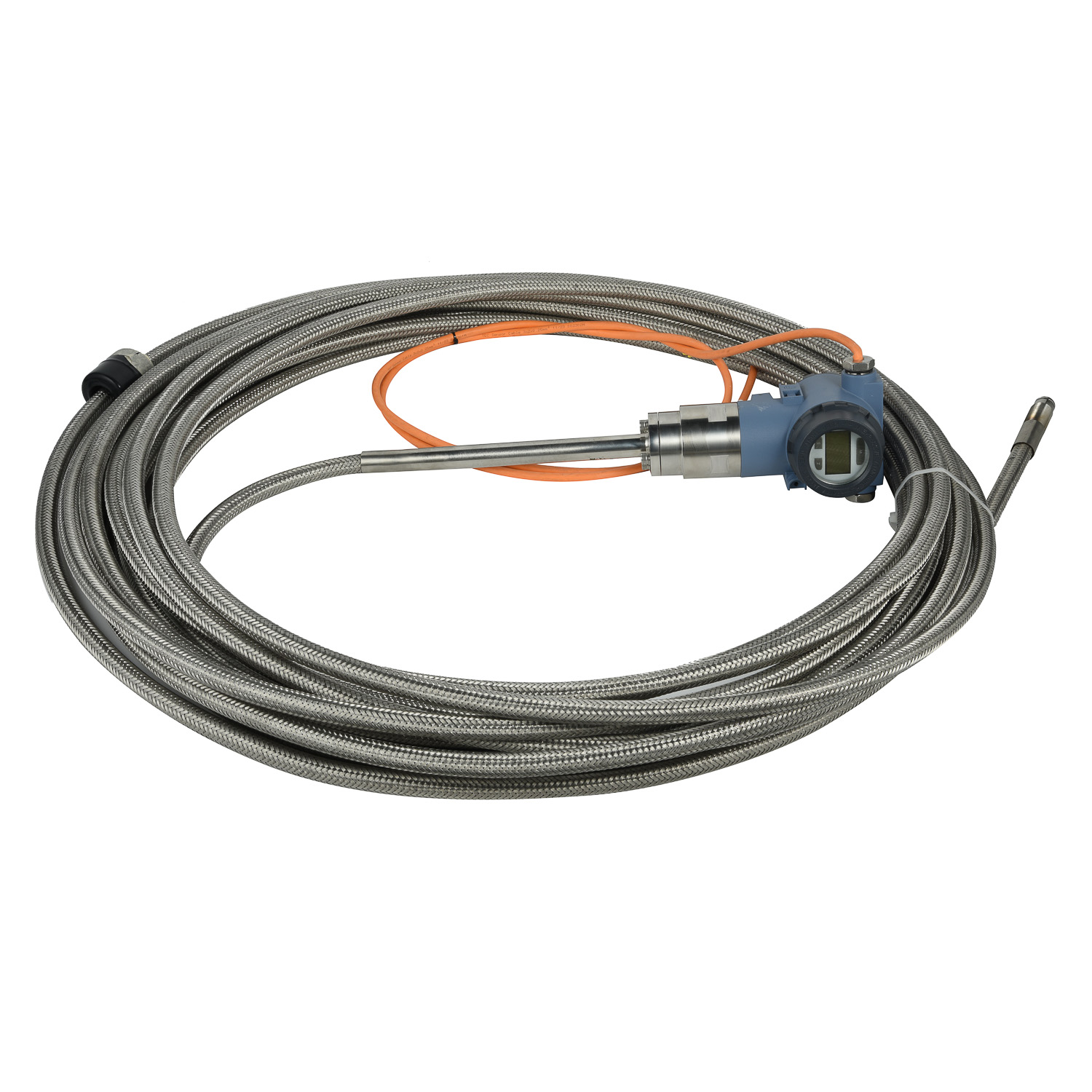 Why are magnetostrictive level
Why are magnetostrictive level
 ComparingMagnetostrictiveandRa
ComparingMagnetostrictiveandRa
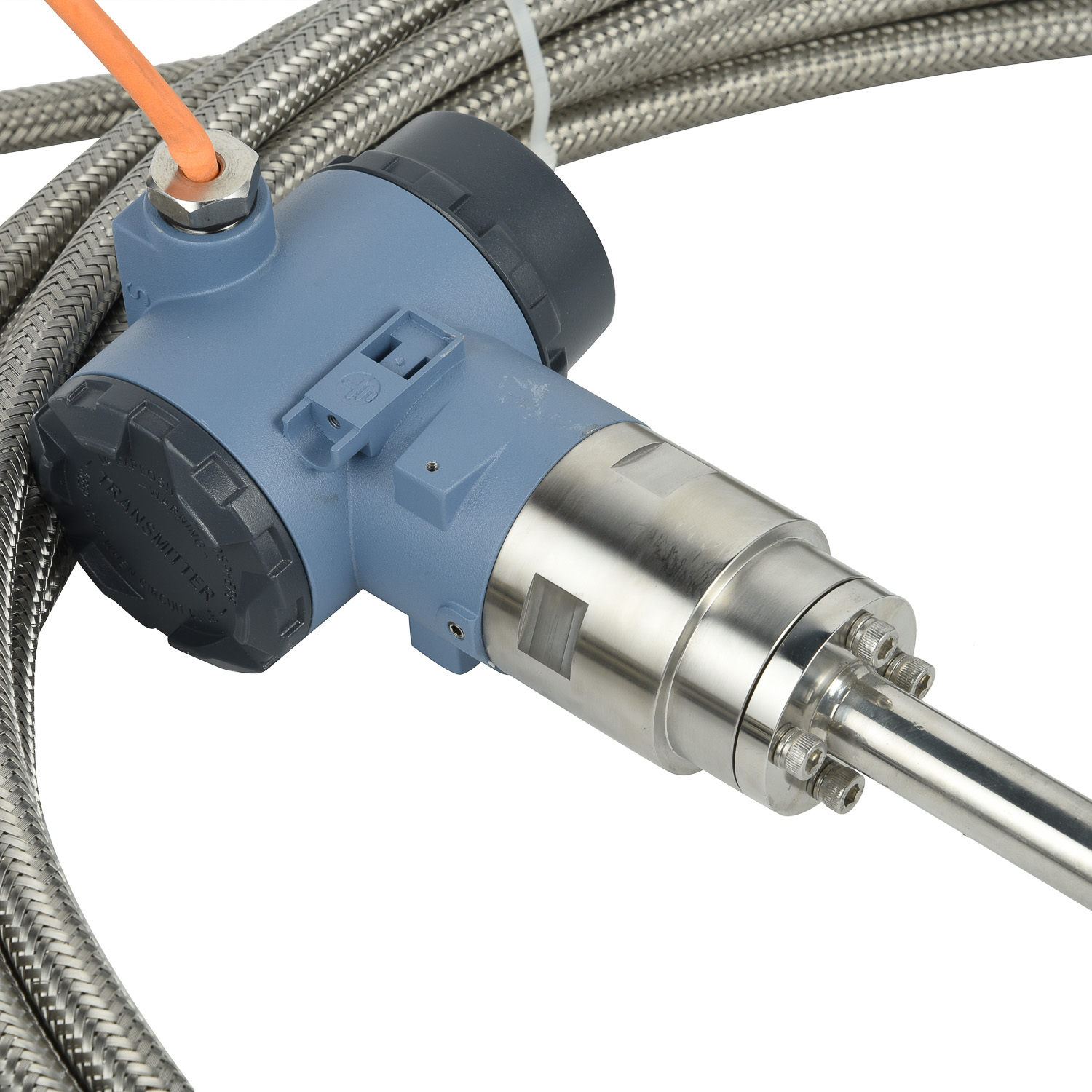 MagnetostrictiveLevelSensorfor
MagnetostrictiveLevelSensorfor
